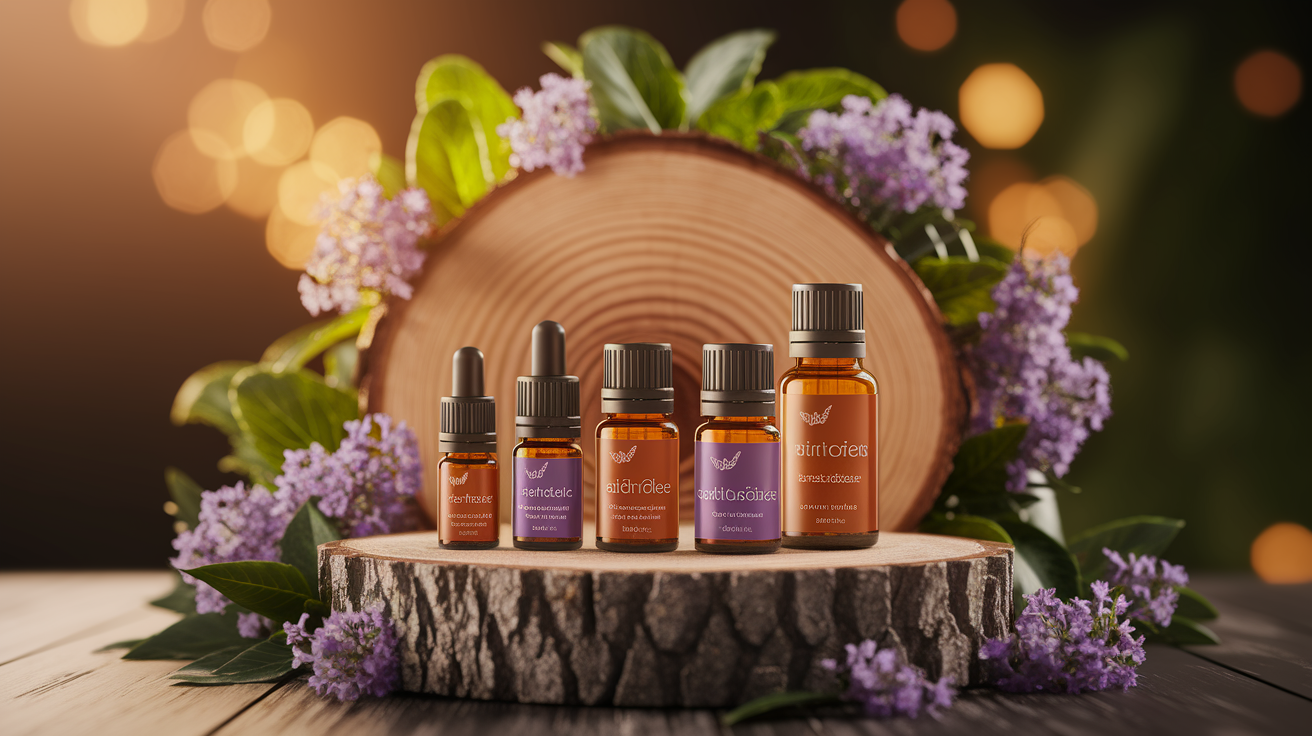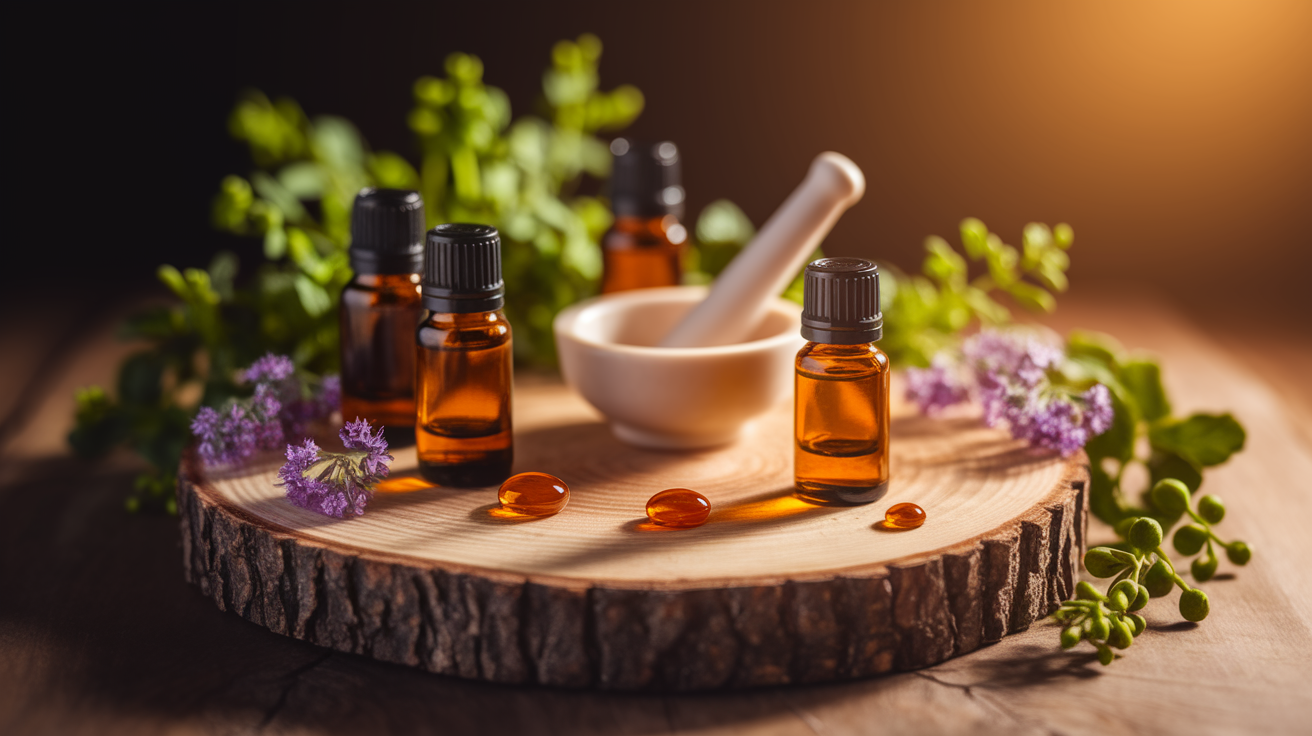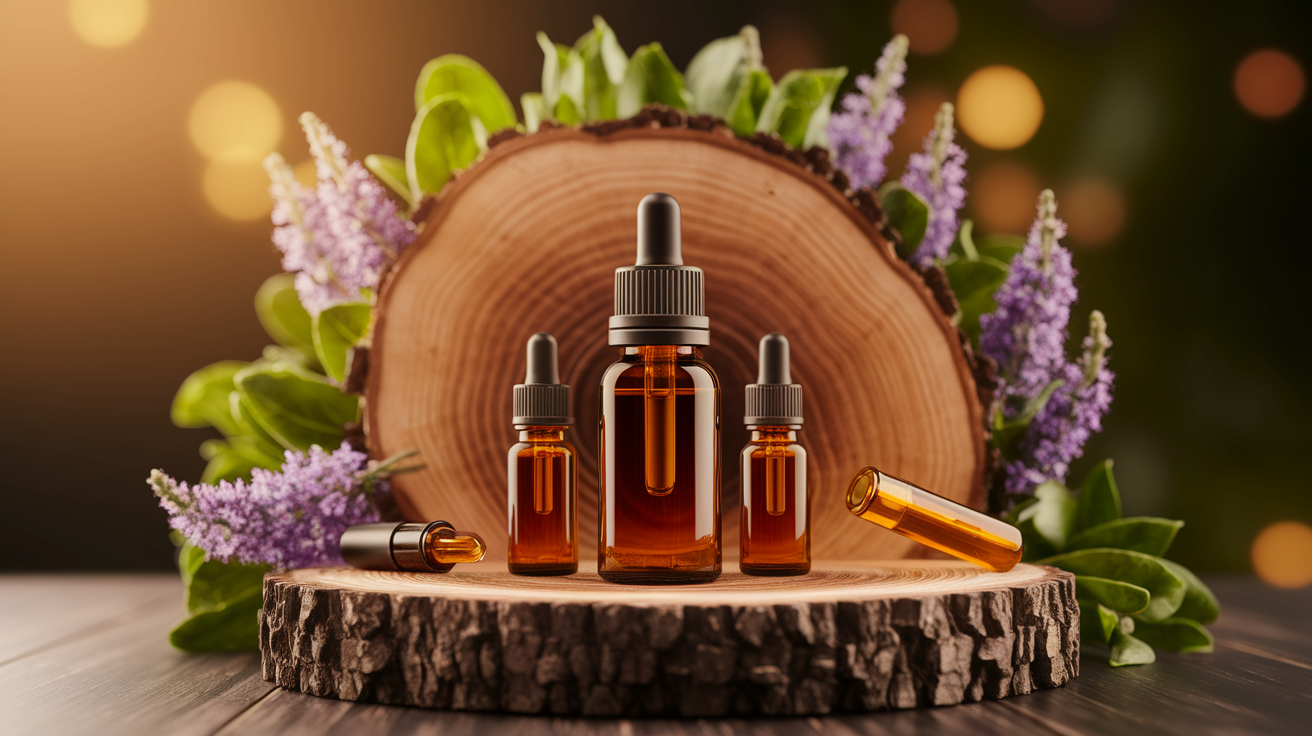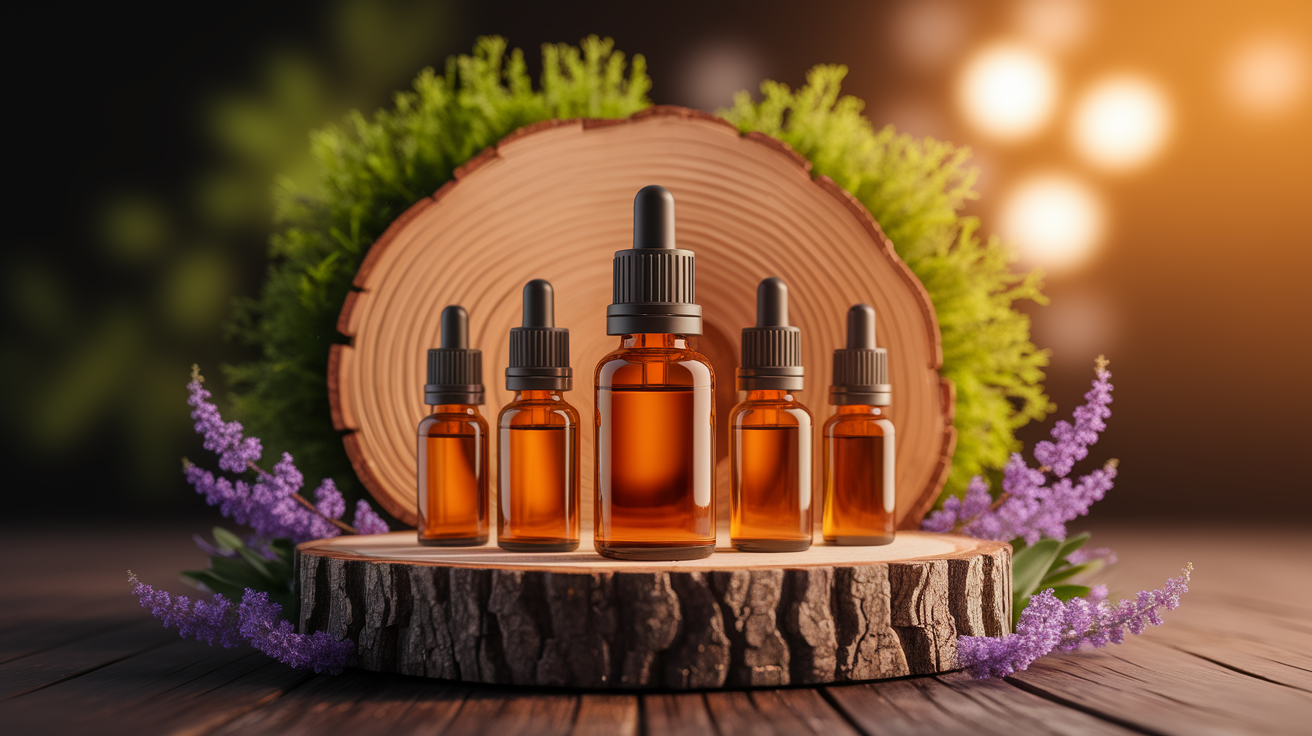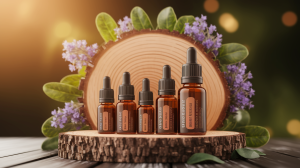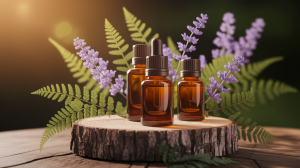Whisker-Wise Introduction: What You Need to Know About Essential Oils and Cats
It’s funny how something that smells as heavenly as a drop of fresh lavender oil can be a double-edged sword when you’ve got a curious kitty weaving around your ankles. Essential oils are powerful—sometimes more powerful than we realize—and cats, with their delicate little systems, bring a whole new set of rules to the table. The truth is, the same oils we might use to unwind or freshen up a room can be risky for them, especially if they manage to lick, inhale, or get them on their skin. Navigating that fine line between enjoying aromatherapy and keeping your feline safe can feel like a tightrope walk, but it’s absolutely doable with the right know-how.
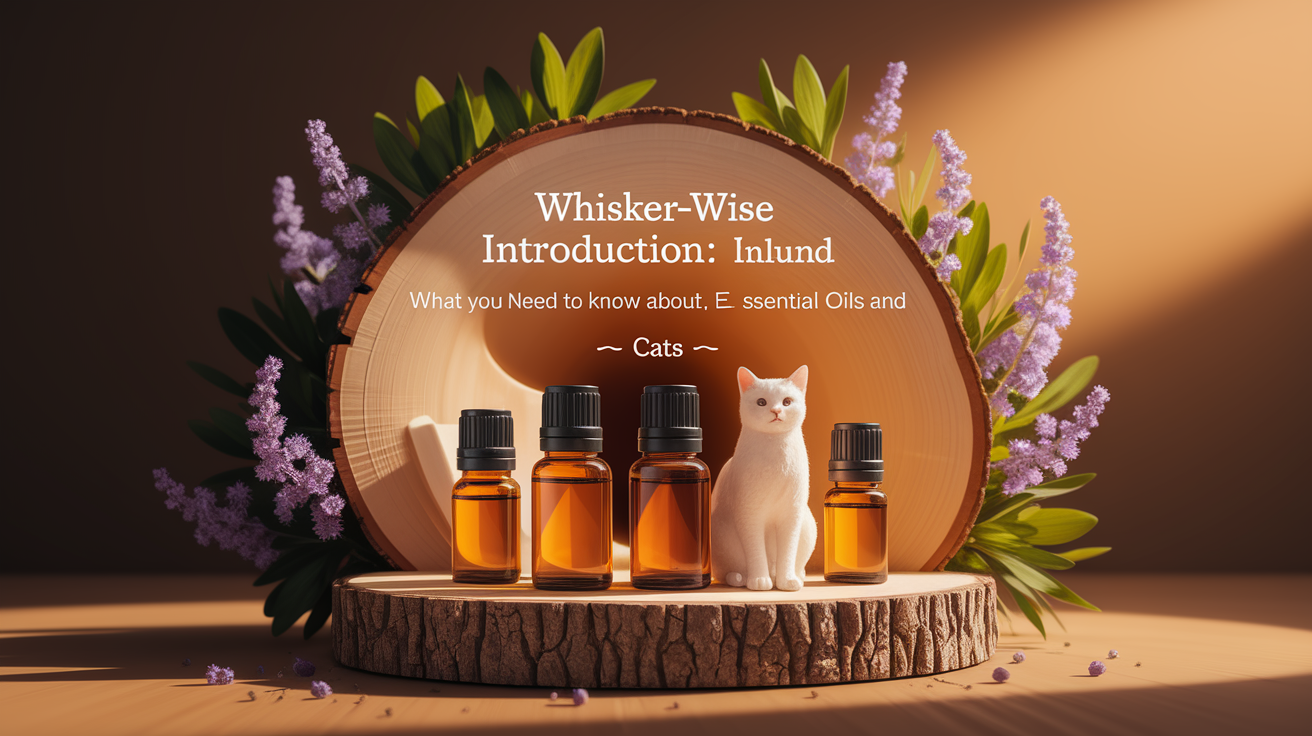
Why Cats Are Sensitive to Essential Oils
Here’s where it gets fascinating: cats have their own unique chemistry. Their livers lack certain enzymes needed to break down many of the compounds found in essential oils—phenols, terpenes, and ketones are big ones. Without those enzymes doing their normal cleanup job, these compounds can build up inside their bodies and cause trouble. According to veterinary insights, even high-quality oils can be risky if the dosage or exposure isn’t carefully controlled. Their little bodies are wired differently from ours, and their sensitivities can make predicting their reactions tricky, as discussed in research on feline pharmacokinetics. In other words, that peppermint oil you love in your diffuser might smell fresh to you but could overwhelm your cat’s system in minutes.
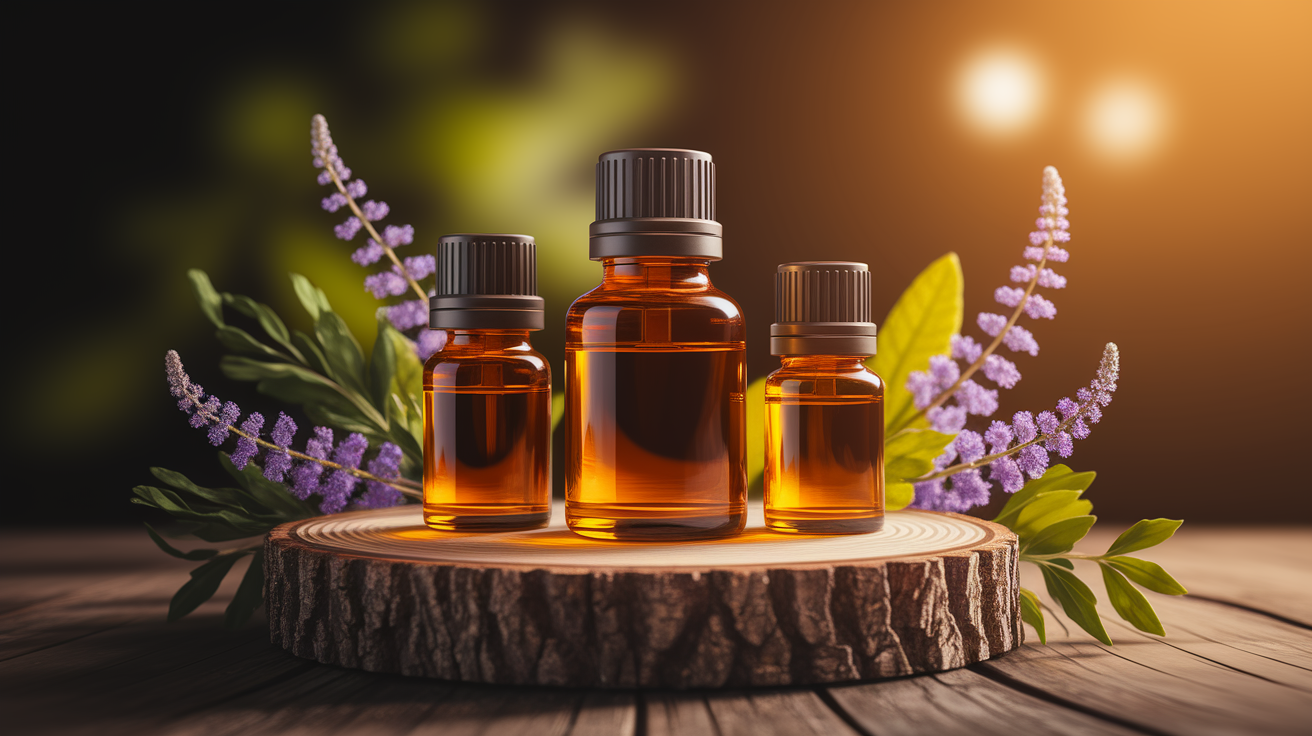
Essential Oils to Strictly Avoid Around Cats
If there were a “no-go” list for households with cats, these oils would sit at the very top. Some of the biggest culprits include:
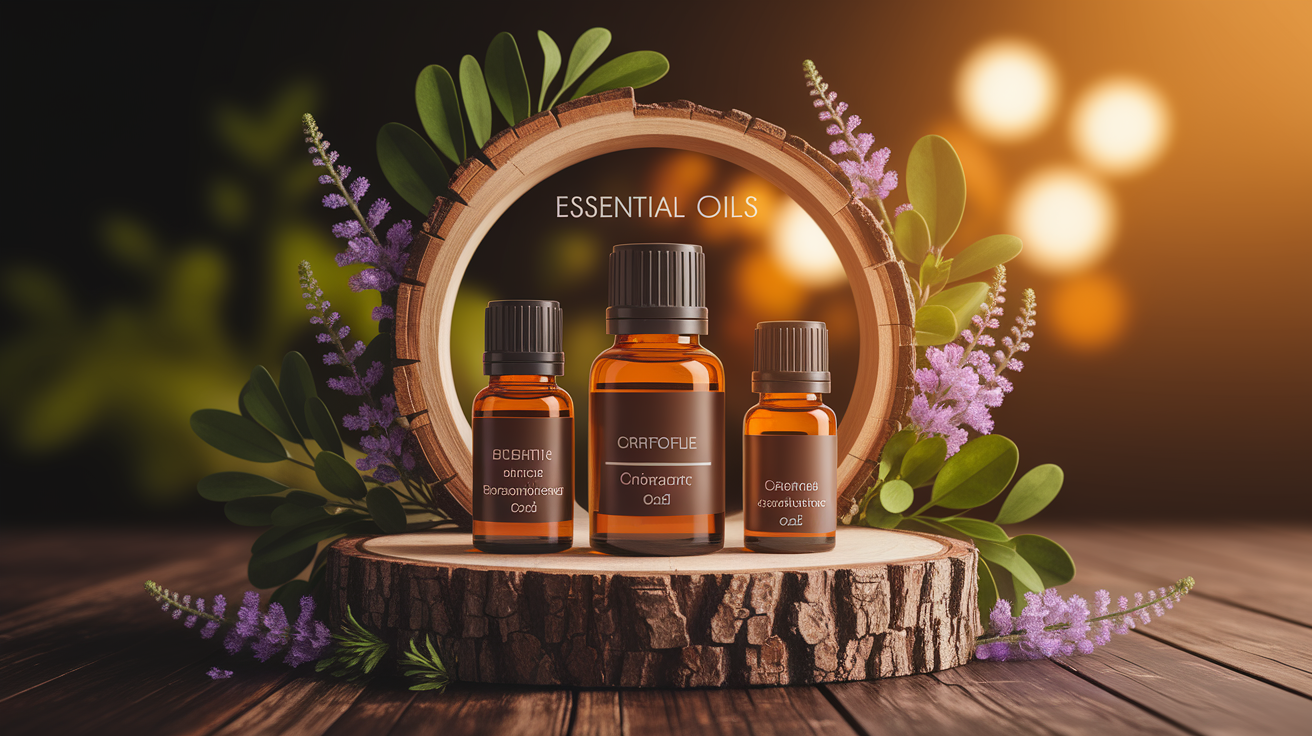
- Citrus oils (orange, lemon, grapefruit) – the limonene and linalool in them are serious irritants (details here).
- Tea tree oil – potent and toxic at even small doses.
- Eucalyptus oil – can trigger respiratory distress almost instantly.
- Peppermint oil – that cooling scent is a red flag for feline safety.
- Lavender oil – surprising to many, but it can cause neurological and liver issues.
- Clove, cinnamon, and rosemary oils – all rich in compounds cats can’t safely process (read more).
The danger isn’t just from touching or licking these oils—diffused particles indoors can still be harmful, according to pet toxicity guides.
Safe Handling and Alternative Uses
If you’re determined to keep your home smelling lovely without risking your cat’s health, start with careful handling. No direct applications on their fur or skin, ever. Keep bottles sealed and stored far from curious paws. When diffusing, use pet-friendly alternatives and keep the space well-ventilated—plus, never let your cat stay trapped in a room with a running diffuser. The best practice tips stress proper dilution, vet approval, and actively watching for signs of trouble. Some pet owners find that hydrosols (water-based aromatic products) or certain herbal sachets offer a gentle scent without the danger of essential oils. It’s all about minimizing the risk while still enjoying a pleasant environment.

Spotting Danger: Symptoms of Essential Oil Toxicity in Cats
A cat’s reaction to essential oil exposure can start small and suddenly snowball. If you catch a whiff of peppermint in the air and your cat starts drooling or coughing, don’t brush it off. Common early signs include watery eyes or nose, weakness, or a sudden change in their energy—either too lethargic or highly agitated. Serious signs can escalate to difficulty breathing, an irregular heartbeat, or evidence of liver stress. Veterinary resources note that cats with respiratory or heart conditions are especially at risk. And here’s the cruel twist—sometimes symptoms hit fast, other times they creep in, making it harder to connect the dots unless you’re watching closely.
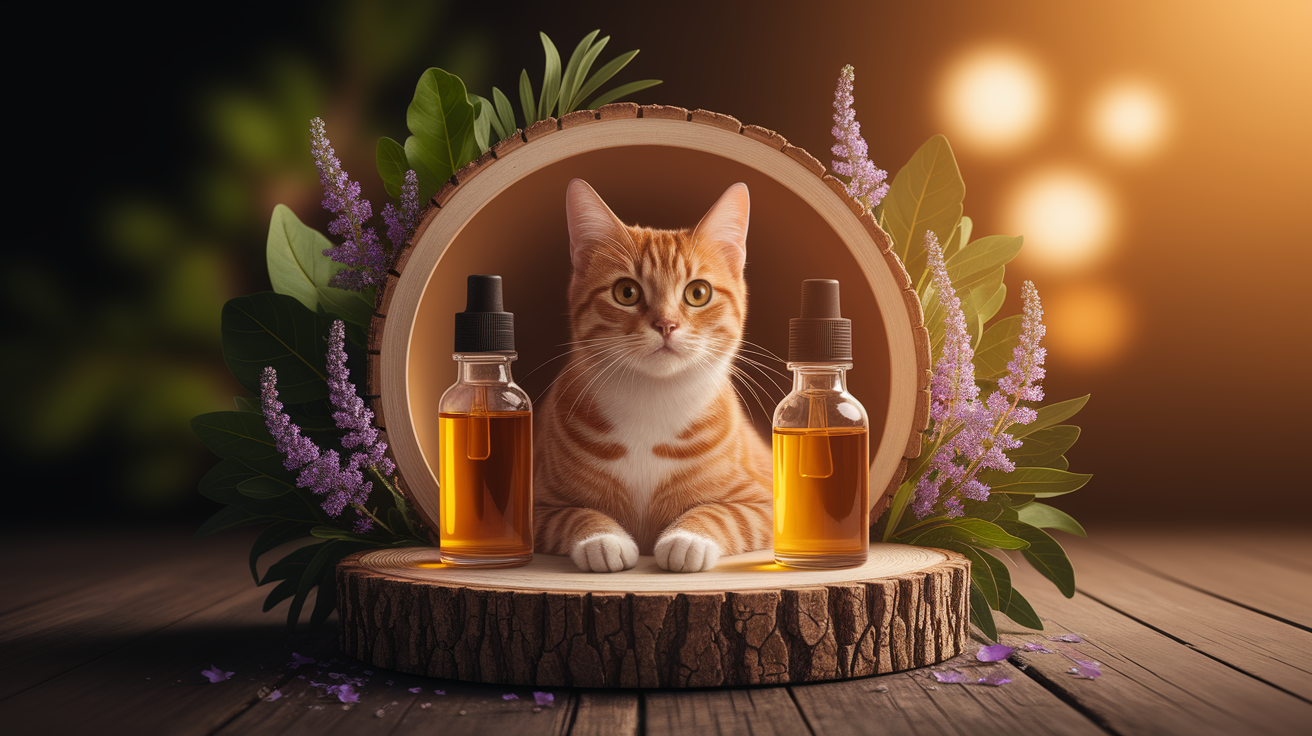
Expert Guidance: When to Call Your Vet
If you suspect your cat has been exposed—maybe they knocked over a bottle, or you realize they’ve been grooming fur with oil residue—don’t wait. Call your veterinarian right away. According to veterinary research, the treatment plan depends heavily on the exact oil, the amount, and the way it entered their system. Even mild symptoms can be deceptive, as internal damage can keep progressing. If you’re unsure, err on the side of caution; having a vet assess your cat early can be lifesaving.
Paws and Reflections: Key Takeaways on Essential Oils for Cats
Essential oils are concentrated nature in a bottle—amazingly fragrant, potent, and not to be underestimated. For cats, those same qualities can spell danger, thanks to their unique liver metabolism and grooming habits. Some oils should be completely off-limits, while others require expert guidance and extreme care. Stick to high-quality, diluted products if you must use them, and always prioritize ventilation, supervision, and vet approval. A safe home for a cat is one where their senses are intrigued, but never overwhelmed, by scent—and where every bottle of oil is handled with both love and caution.

